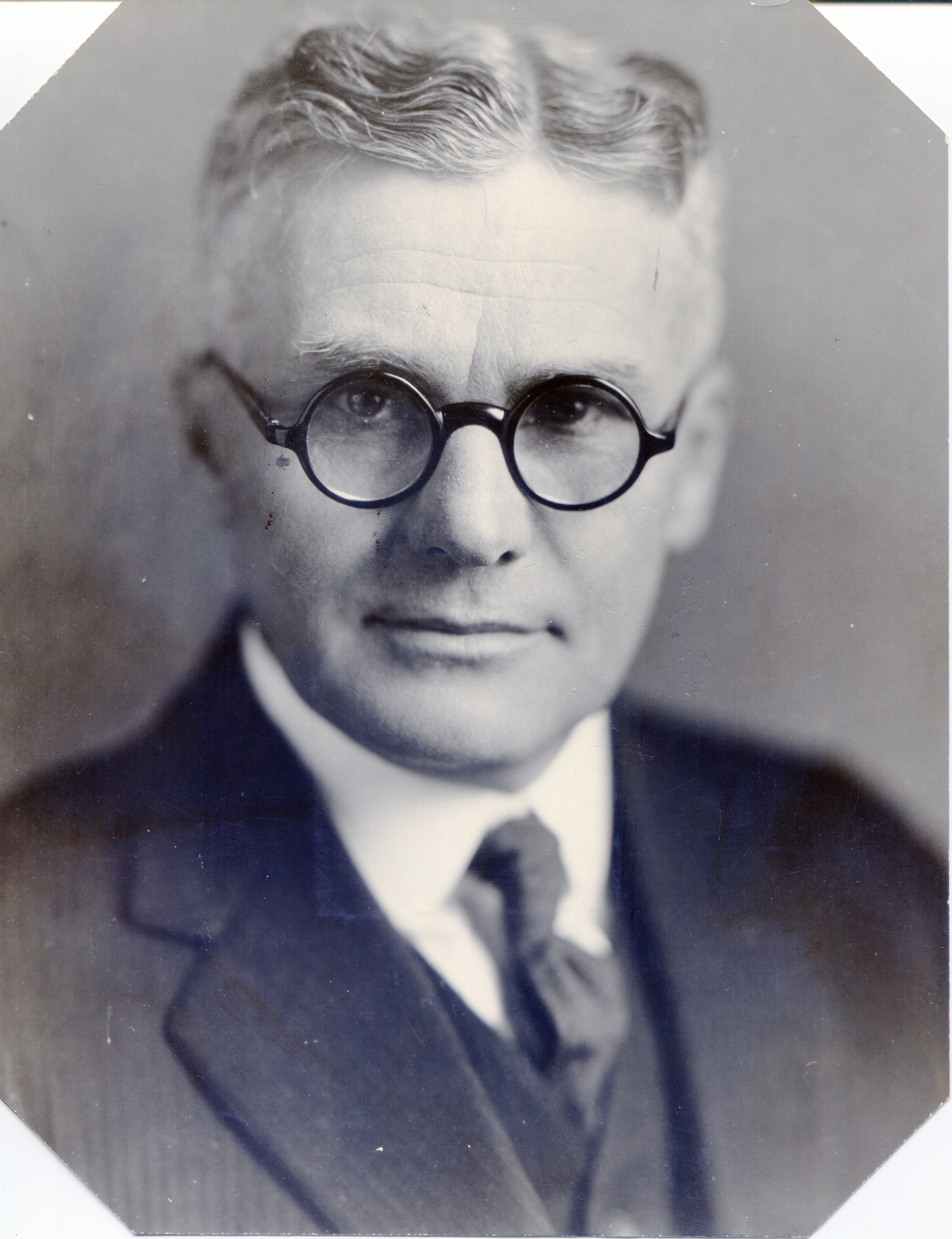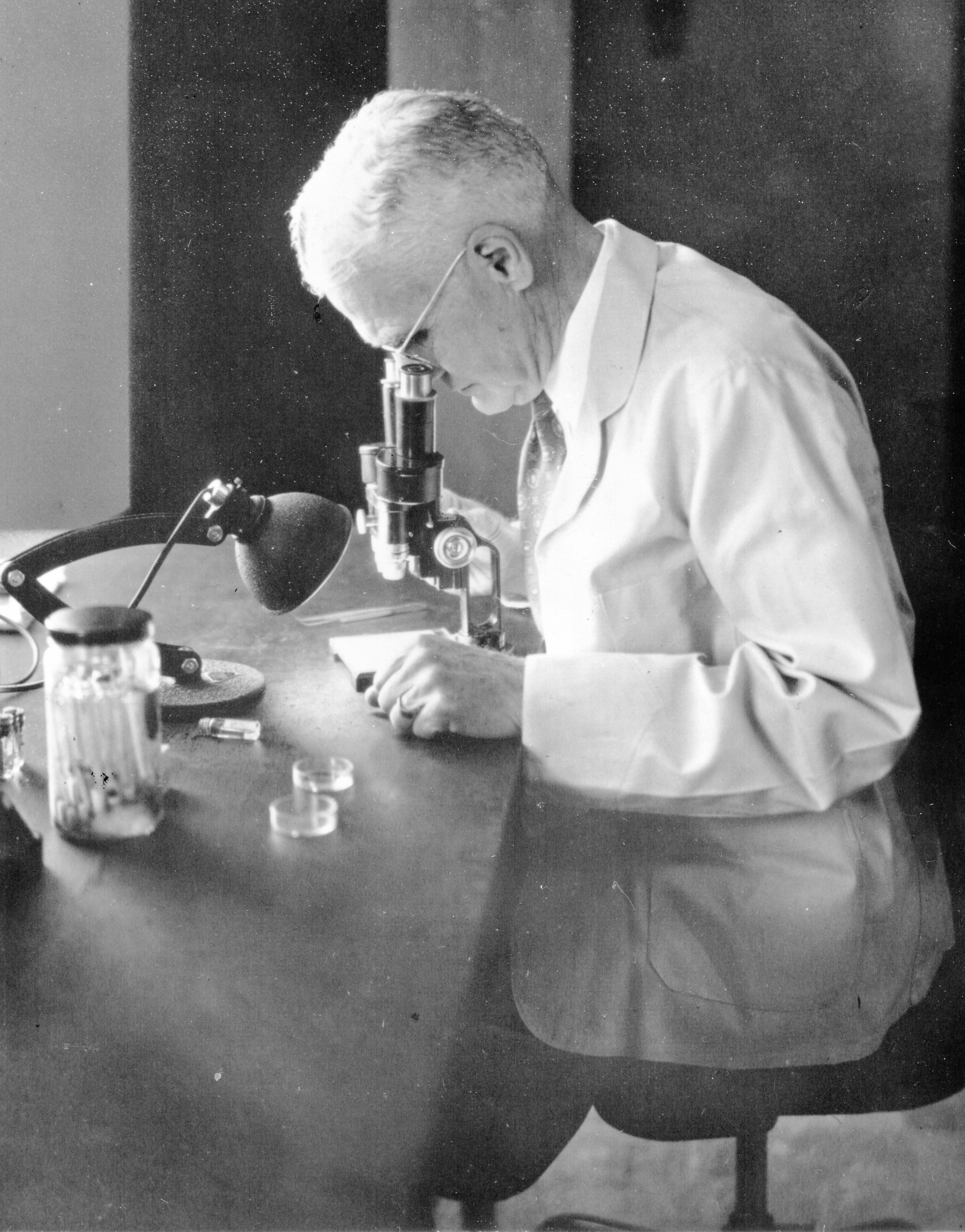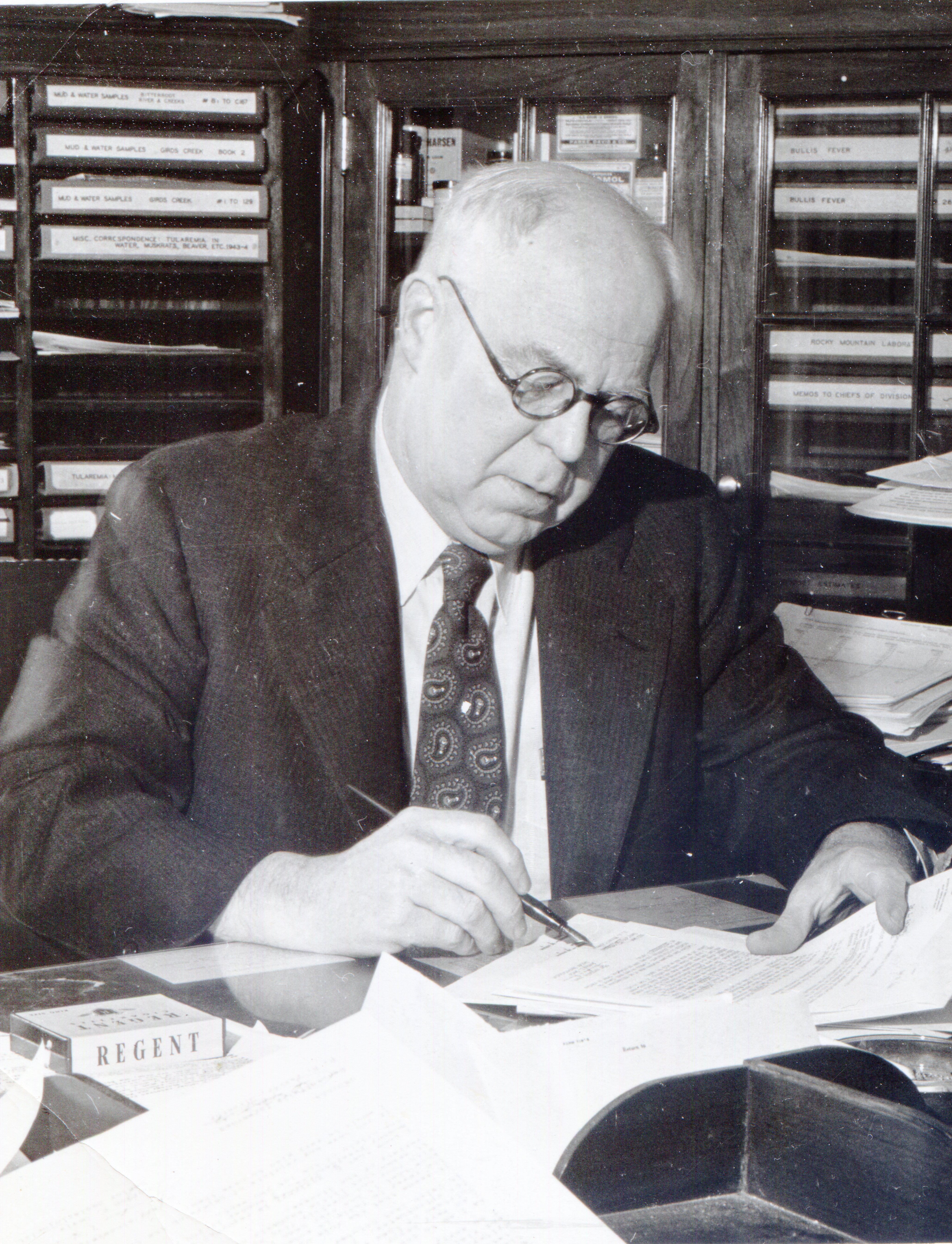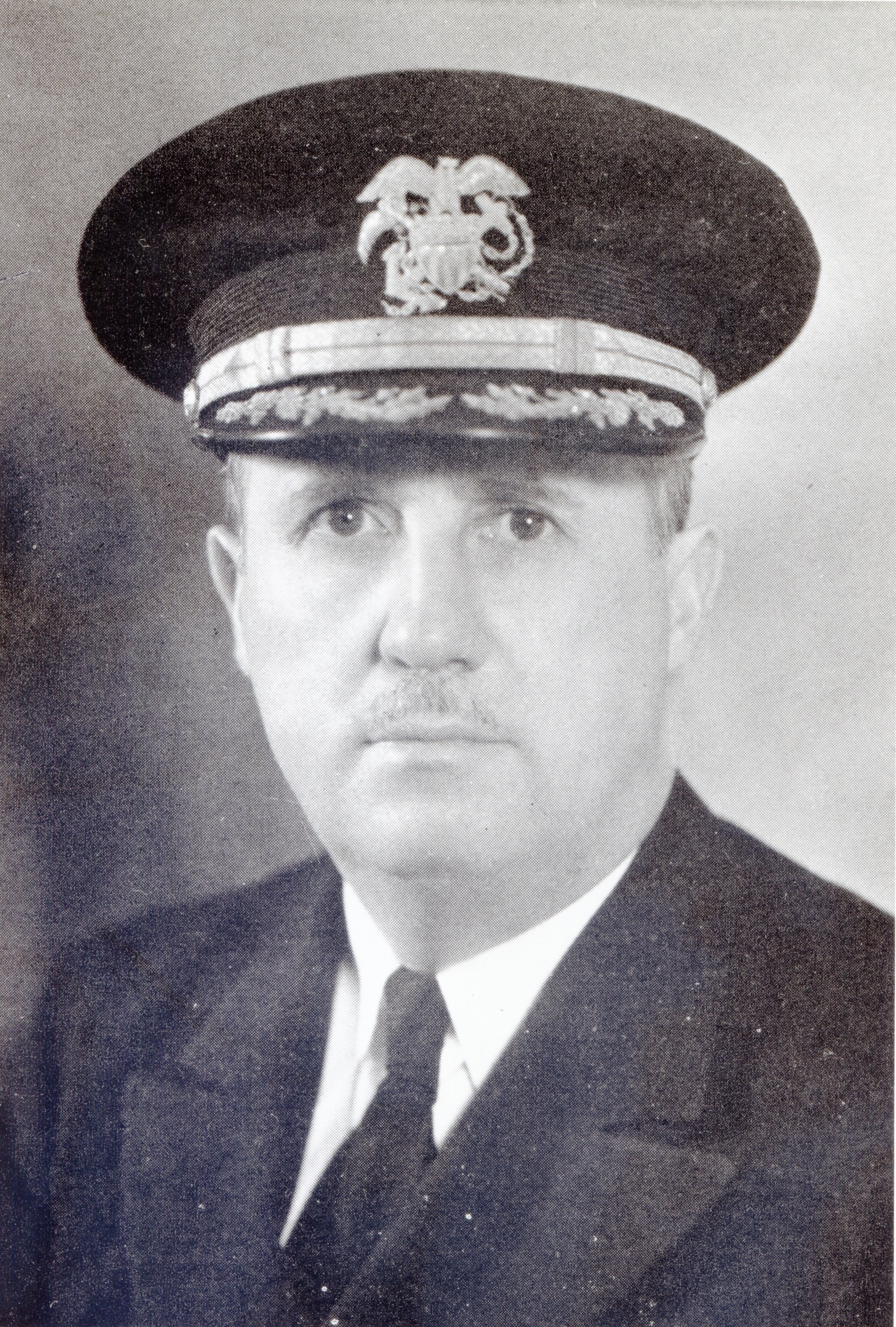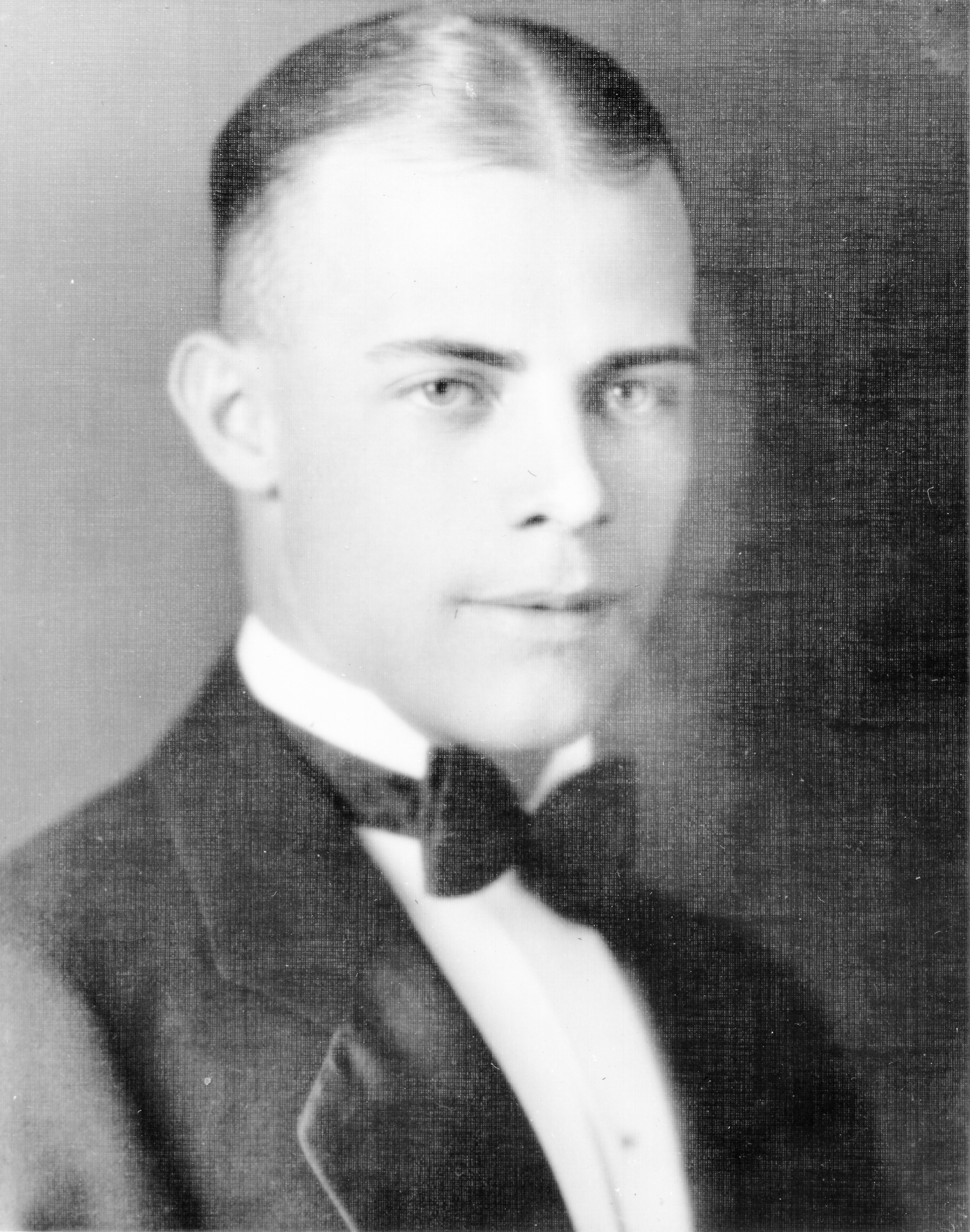...
| Div | ||||||||||||||||||||
|---|---|---|---|---|---|---|---|---|---|---|---|---|---|---|---|---|---|---|---|---|
| ||||||||||||||||||||
|
Ralph Robinson Parker (1888 – 1949)
| Div | |||||||||||||||||
|---|---|---|---|---|---|---|---|---|---|---|---|---|---|---|---|---|---|
| |||||||||||||||||
|
...
“Ralph R. Parker,” Victor Haas, Science Magazine, Vol 111, January 20, 1950, page 56-57.
Roscoe Roy Spencer (1888-1982)
| Div | |||||||||||||||||
|---|---|---|---|---|---|---|---|---|---|---|---|---|---|---|---|---|---|
| |||||||||||||||||
|
...
Spencer developed the RMSF vaccine in Washington, D.C., not in the Canyon Creek Schoolhouse laboratory. On May 24, 1924, Spencer became the first human exposed to the new vaccine when he inoculated himself. He then went back to Montana to complete more trials of the vaccine with Parker and to set up vaccine production, traveling back and forth many times. In 1930, the American Medical Association awarded Spencer its gold medal for this work.
| Dive | |||||||||||||||
|---|---|---|---|---|---|---|---|---|---|---|---|---|---|---|---|
| |||||||||||||||
|
...
The 25 workers who Cooley wrote about included people working for both the State of Montana and the U.S. Public Health Service. Three of these researchers died during the years that the Rocky Mountain spotted fever (RMSF) work was being done at the Canyon Creek Schoolhouse laboratory. Cooley had taught two of them—William Gittinger and Arthur Kerlee—at Montana State College. On June 6, 1929, Cooley dedicated the Gittinger-Kerlee memorial plaque at Montana State College to his former students.
William Edwin Gittinger (1899-June 30, 1922)
| Div | |||||||||||||||
|---|---|---|---|---|---|---|---|---|---|---|---|---|---|---|---|
| |||||||||||||||
|
George Henry Cowan (January 8, 1886- Oct. 29, 1924)
| Div | |||||||||||||||||
|---|---|---|---|---|---|---|---|---|---|---|---|---|---|---|---|---|---|
| |||||||||||||||||
|
Arthur LeRoy Kerlee (March 5, 1905-February 14, 1928)
| Div | |||||||||||||||||||
|---|---|---|---|---|---|---|---|---|---|---|---|---|---|---|---|---|---|---|---|
| |||||||||||||||||||
|


